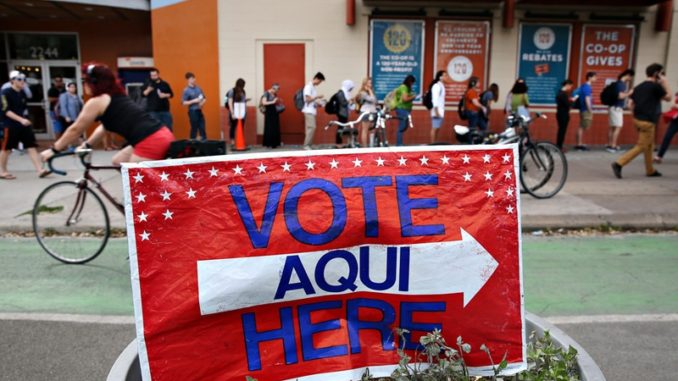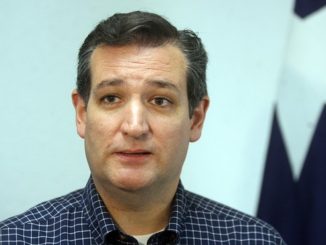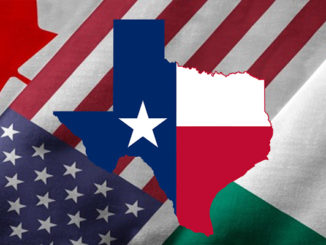
Ever since the national exit poll reported that 29 percent of Hispanics voted for Trump, the accuracy of that number has been debated. In particular, some have questioned whether it is an overestimate, citing a separate survey of Latino voters by the polling firm Latino Decisions that reported that 18 percent of Hispanics voted for Trump.
Now, new analysis of precinct data from Texas and several other states suggests that, indeed, the exit poll overestimated how many Latinos voted for Trump.
The exit poll for Texas reported that 61 percent of Hispanics voted for Clinton and 34 percent for Trump. On its face, this seems implausible. Clinton won 560,000 more votes in Texas than Obama did in 2012. Moreover, voter turnout in Texas was two points higher this year than in 2012, and Hispanics are the fastest-growing segment of the Texas electorate. Is it possible that Clinton gained 560,000 votes in Texas while winning only 61 percent of Hispanic votes?
Some analysts looking at county-level data think that rural Hispanic voters shifted toward Trump, as Geraldo Cadava argued, or that Clinton did worse with Hispanic voters than Obama, as Harry Enten argued. But counties can be large and, therefore, not well suited to learning about the behavior of subgroups like Hispanics.
Instead, we draw on 4,372 precincts across Texas. These precincts cover all regions of the state and more than 75 percent of the Latino population in Texas. You can download our data here.
The first key finding: compared with Obama, Clinton won more votes in almost all precincts — and especially in heavily Latino precincts. The graph below shows these patterns.

In the 864 precincts in which 75 percent or more voters are Hispanic, Clinton won more votes than Obama in 723 of them, fewer votes in 130, and tied in 11.
If we compare Clinton’s vote margin over Trump to Obama’s margin over Romney, Clinton had a higher margin than Obama in 692 of these 864 precincts — or 80 percent. The claim that Clinton somehow “ran behind” Obama among Texas Hispanics is not consistent with the actual precinct data.
Next, we estimated the share of Hispanics supporting Clinton in all of these 4,372 Texas precincts. We rely on a statistical method for ecological inference that was developed by Harvard political scientist Gary King and is widely used in federal voting rights lawsuits to estimate voting patterns among whites and minorities. Here are the results:

In rural counties, Clinton won an estimated 77 percent of the Latino vote against 19 percent for Trump. In medium-size counties, such as Corpus Christi, Lubbock, Amarillo and Plano, Clinton won an estimated 73 percent of the Latino vote — still 12 points higher than the exit poll estimate of 61 percent. And in large cities like Houston, San Antonio, El Paso, Dallas-Fort Worth and Austin, Clinton won an estimated 80 percent of the Latino vote, while Trump won just 14 percent.
Finally, we estimate that Clinton won 77 percent of Hispanics and Trump won 18 percent.
These estimates strongly suggest that the exit poll estimates (61 percent-34 percent) underestimate Clinton’s strength among Hispanics in Texas. The Latino Decisions exit poll in Texas — which reported that 80 percent of Latinos voted for Clinton and 16 percent for Trump — appears closer to the truth.
We find the same thing when we examine precinct data in other states. In Arizona, we estimate that Clinton won more than 80 percent of the Latino vote. In California, we estimate that more than 80 percent of Latinos voted for Clinton and that she won a higher percent of the vote than Obama in nearly every Latino precinct. In Nevada, we estimate that Clinton won more than 80 percent of Latinos as well — even though the exit poll’s estimate is 60 percent.
In short, the official exit poll — which suggests that Trump did better with Latinos than Romney — is quite likely wrong. Official election results in thousands of precincts across Texas and most other Western states show that Latinos broke more strongly for Clinton than the exit poll suggests, and more strongly than they did for Obama in 2012.
Francisco I. Pedraza is assistant professor of political science and public policy at the University of California at Riverside. Bryan Wilcox-Archuleta is a political science PhD student at the University of California at Los Angeles. Additional graphs are available here.



